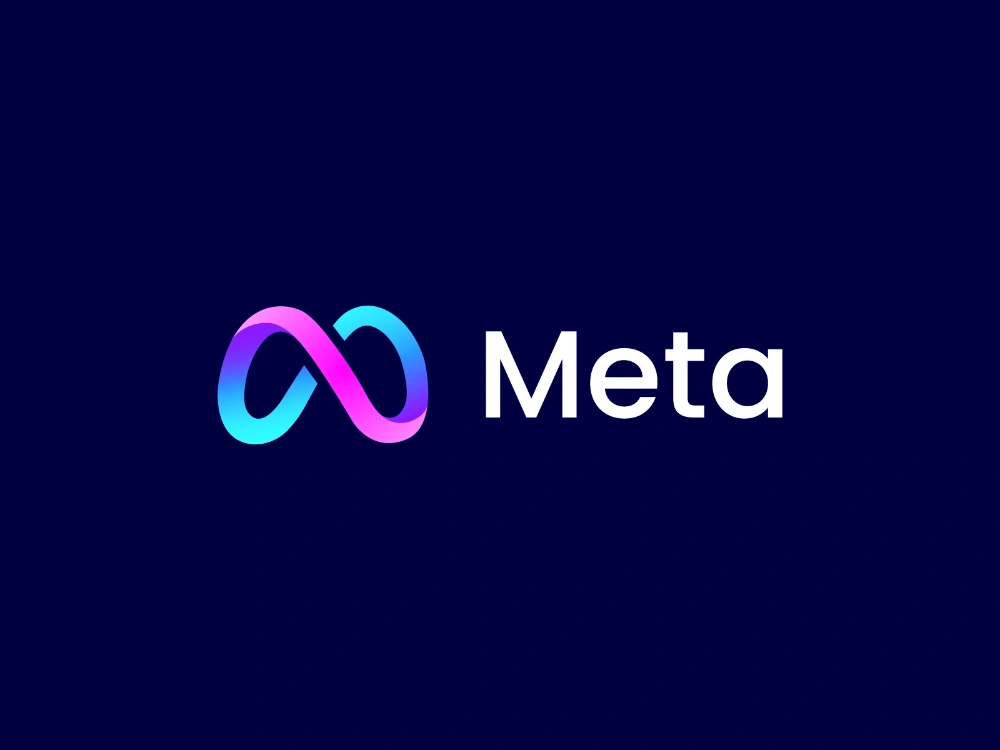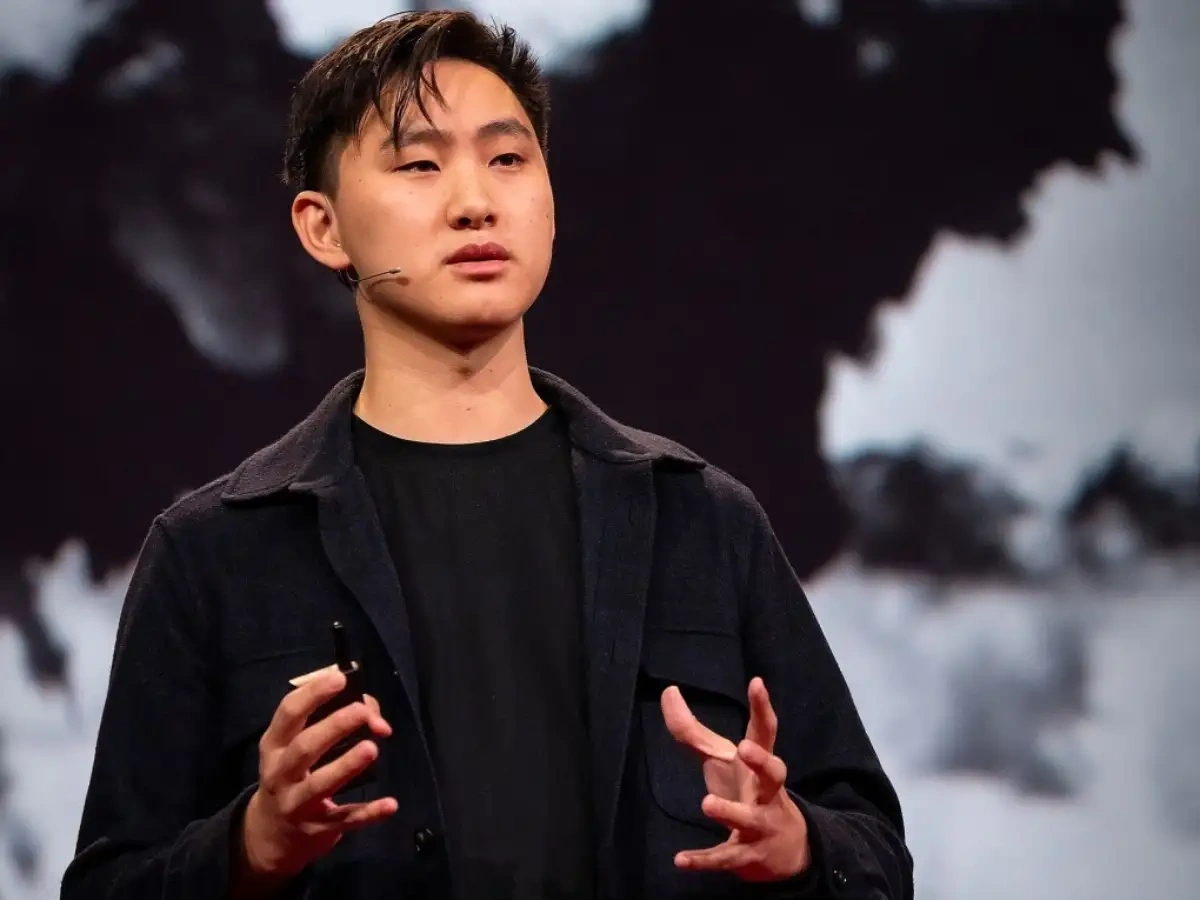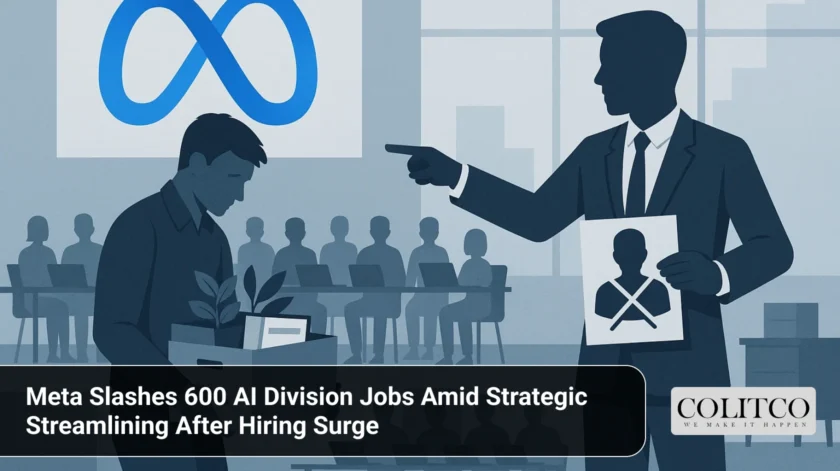Meta, the parent company of Facebook and Instagram, announced that it is cutting around 600 jobs within its artificial intelligence division. This move comes months after the company engaged in a large-scale hiring spree to bolster its AI capabilities. Meta aims to streamline its AI operations, boost efficiency, and create a more agile working environment.
 Meta is cutting 600 jobs within its artificial intelligence division
Meta is cutting 600 jobs within its artificial intelligence division
Streamlining AI Operations
The job cuts mainly affect Meta’s Superintelligence Labs division, which employed nearly 3,000 staff before the layoffs. The affected units include the Fundamental AI Research group (FAIR), AI product teams, and AI infrastructure units. According to an internal memo by Alexandr Wang, Meta’s chief AI officer, reducing the team size will require fewer decision-making conversations while increasing each employee’s scope and impact.
Departments responsible for developing next-generation AI models, particularly the newly formed TBD Lab, were not impacted. This elite team, formed recently, houses many of Meta’s top AI talent recruited during the aggressive hiring phase earlier this year. CEO Mark Zuckerberg continues to support this group strongly, reflecting his prioritisation of newer hires with specialised skills over legacy staff.

Alexandr Wang, Meta’s chief AI officer
Impact on Employees and Hiring Plans
Meta encouraged affected employees to apply for other roles within the company, expecting most to find new internal positions. Wang stated firmly that the organisation still needs these talented AI specialists for other projects. He also emphasised that the layoffs do not indicate a reduction in Meta’s overall investment in AI technology.
Indeed, the company continues to hire actively for roles within the TBD Lab that focus on cutting-edge AI research. Meta remains committed to maintaining its competitive edge in AI development by investing heavily in talent acquisition and infrastructure. The company recently completed a $27 billion deal to fund its Hyperion data centre in Louisiana, illustrating ongoing expansion plans.

Meta’s $27 Billion Hyperion Data Centre Investment
Background of the Cuts
This round of job cuts is part of a broader restructuring to reduce organisational bloat within Meta’s AI division. Internal sources described the AI unit as overly bureaucratic and inefficient. Meanwhile, divisions like FAIR and product-oriented teams competed for computing resources, hampering streamlined workflow.
The mass layoffs align with previous reductions Meta made since 2022, which saw the company cut approximately 30,000 roles amid wider business realignments. Despite those cuts, Meta has persisted in aggressively hiring in the AI space, reflecting the strategic importance of the technology to its future growth.
- Early 2025: Meta embarked on a massive AI hiring spree, investing heavily in talent and technology to build its AI capabilities.
- June 2025: Alexandr Wang joined Meta as chief AI officer following the $14.3 billion acquisition of Scale AI.
- Mid-2025: Meta continued aggressive recruitment, particularly in Superintelligence Labs, acquiring high-profile AI experts from firms like OpenAI, Google DeepMind, and Apple.
- October 22, 2025: Meta announced a cut of 600 jobs within its Superintelligence Labs division, particularly affecting FAIR AI research, product-related AI, and AI infrastructure teams.
- Post-announcement: Meta clarified that employees in the TBD Lab unit remain unaffected, and the layoffs aimed to reduce bureaucracy and improve efficiency.
- Following layoffs: Meta offers severance packages and internal opportunities, while continuing to invest in key AI talent and initiatives.
This timeline reflects Meta’s swift shift from rapid AI workforce expansion to strategic restructuring within months.
Competitive AI Landscape
Meta is investing billions to keep pace with major competitors such as OpenAI and Google in the AI race. It recently acquired a 49 per cent stake in Scale AI for $15 billion and appointed Alexandr Wang as the leader of its AI efforts. The company released the Llama system as a semi-open source large language model used by over one billion people monthly.
Zuckerberg has expressed a vision of bringing “superintelligence” AI, surpassing human intelligence to the public. However, internal and external feedback on some AI products, like Llama 4 models, has been lukewarm, adding pressure to accelerate progress.
Also Read: Fallout 4 Returns: Anniversary Edition Packs Everything Fans Crave
Industry-Wide Trend
The layoffs at Meta reflect a broader trend across the technology sector in 2025. Over 91,000 tech jobs have been cut globally this year as AI and automation reshape companies’ labour needs. Firms such as Amazon and Tata Consultancy Services are also undergoing restructures to streamline AI divisions and reduce costs.
Meta’s approach balances job cuts in legacy units while continuing to recruit industry-leading AI engineers and researchers. This dual strategy is part of its attempt to achieve fast, nimble innovation without sacrificing critical talent.
Conclusion
Meta’s decision to cut about 600 jobs in its AI division highlights the company’s efforts to balance rapid expansion with operational efficiency. The move targets legacy teams and excludes elite new hires in the TBD Lab. Despite the cuts, Meta remains heavily invested in AI research and development, aiming to strengthen its competitive position in the global AI race. Employees affected are encouraged to seek roles elsewhere within the company, underscoring the company’s continued reliance on its AI workforce for future growth.












